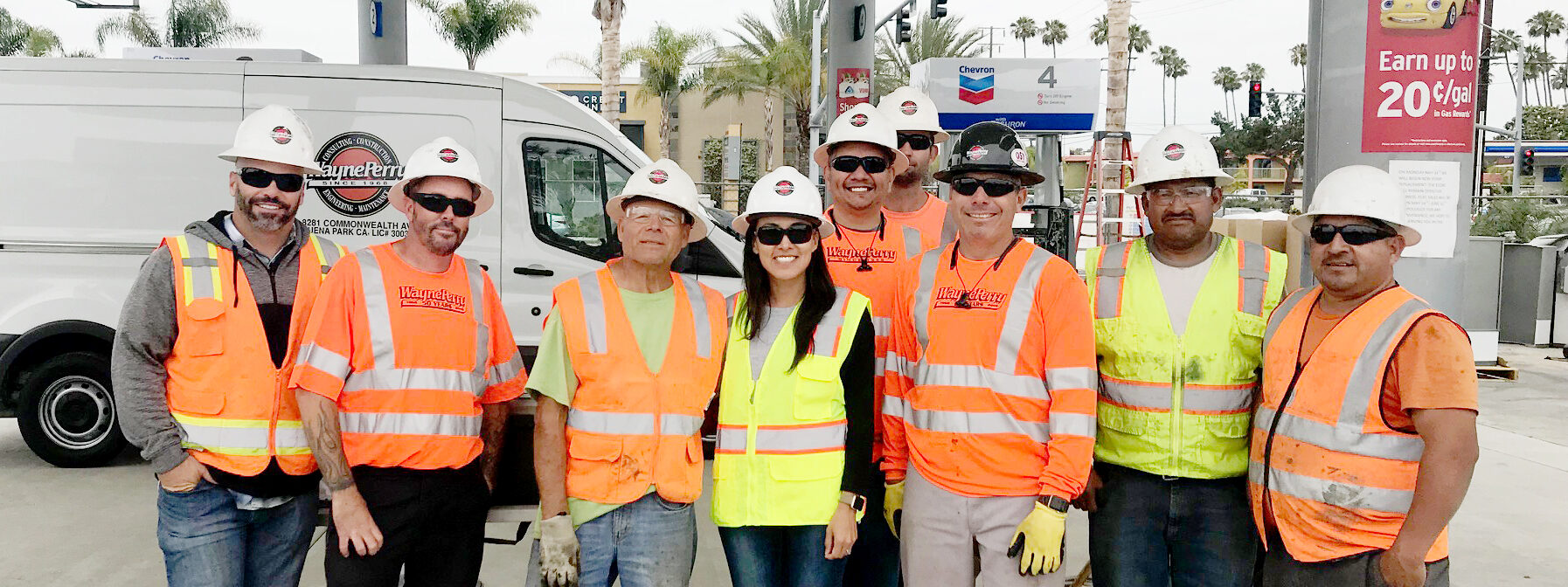LEED certification is not only a stamp of approval but also serves as a powerful tool for gas station owners to make meaningful environmental contributions and achieve operational efficiencies.
Leadership in Energy and Environmental Design (LEED) certification is a globally recognized symbol of excellence in green building design and construction. Achieving LEED certification demonstrates your commitment to environmental stewardship. It also provides cost savings through improved energy and resource efficiency and enhances your brand’s reputation among eco-conscious consumers.
By meeting LEED’s standards, you can future-proof your operations and gain a competitive advantage. The certification also helps you stay ahead of evolving environmental regulations and positions your station for long-term success in an industry that’s under increasing scrutiny for its environmental effects.
Energy Efficiency: The Foundation of LEED Certification
Energy efficiency lies at the core of LEED certification, intending to reduce overall energy consumption while enabling businesses to maintain operational performance. You can reduce your energy consumption and improve your overall efficiency through the use of the following equipment and systems:
- HVAC Systems: ENERGY STAR-rated heating, ventilation, and air conditioning equipment ensure optimal heating, cooling, and ventilation with minimal energy consumption.
- Lighting Systems: LED bulbs consume up to 75 percent less energy, last significantly longer than traditional light bulbs, and can dramatically reduce your electricity usage.
- Daylight Harvesting Technology: Daylight harvesting techniques such as the use of skylights, windows, and lighting controls that take advantage of natural daylight can reduce the need for electric lighting.
- Renewable Energy Sources: On-site renewable energy generation, such as solar panels, can offset a significant portion of your station’s energy usage.
By focusing on these energy-efficiency techniques, you can achieve long-term cost savings on your utility bills while also reducing your carbon footprint.
Water Conservation and Stormwater Management
LEED certification also emphasizes water conservation and responsible stormwater management—both critical for reducing environmental impact and operational costs. Reduce water consumption through the use of the following systems and approaches:
- Low-Flow Fixtures: Low-flow toilets, faucets, and showerheads that meet strict water efficiency standards can significantly reduce a gas station’s water consumption.
- Water-Efficient Landscaping: Drought-resistant plants and efficient irrigation systems for your landscaping can further minimize water usage.
- Stormwater Management: Systems to capture, filter, and reuse stormwater runoff reduce the strain on municipal water infrastructure and can provide a supplemental water source for operations.
By adopting these strategies, you not only lower your operating costs but also preserve local water resources and ecosystems.
Sustainable Materials and Responsible Waste Management
Sustainable building materials and waste management practices are critical components of LEED certification. You can incorporate the following framework to make a meaningful impact:
- Recycled and Renewable Materials: The use of building materials with high recycled content and those made from renewable resources reduce the environmental effect of construction.
- Comprehensive Recycling: Recycling programs for motor oil, batteries, tires, and other waste products divert these items from landfills.
- Responsible Hazardous Waste Disposal: Proper handling and disposal of hazardous substances is essential to protect the environment and human health.
By applying these approaches, you can further demonstrate your commitment to environmental stewardship and achieve LEED certification.
Enhancing the Indoor Environment
Not to be overlooked, LEED certification also addresses the quality of indoor environments. Enhance your interior spaces with the following equipment and systems:
- Air Filtration and Ventilation: High-efficiency air filtration systems and proper ventilation maintain clean, healthy air in your C-store and work bays.
- Thermal Comfort Controls: Individual temperature and ventilation controls for employees and occupants ensure a comfortable indoor environment throughout your facility.
- Daylighting Systems: Maximizing natural light through the use of daylight harvesting technology can enhance the overall experience for both employees and customers.
By focusing on these priorities, you can create a healthier, more comfortable environment for your employees and customers.
Leading the Way in Green Building Design and Construction
We apply LEED certification processes and standards to our design-and-build efforts, as well as our renovation projects. This ensures our clients’ stations comply with the latest green building principles and standards. Our team of experts collaborates closely with our clients to identify the most influential energy conservation strategies to integrate into their facilities.
Whether it’s installing efficient HVAC systems, incorporating on-site renewable energy sources, implementing advanced stormwater management systems, or building alternative fueling facilities such as compressed natural gas (CNG) and hydrogen fueling bays, we ensure each project aligns with the principles of LEED certification.





